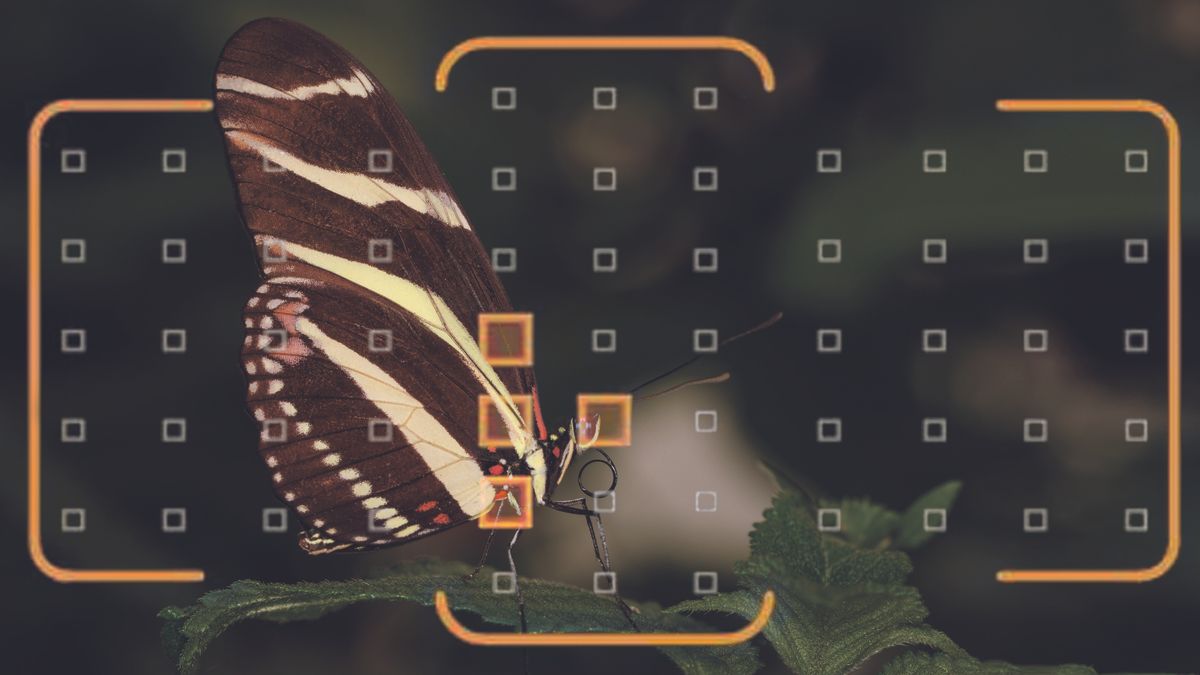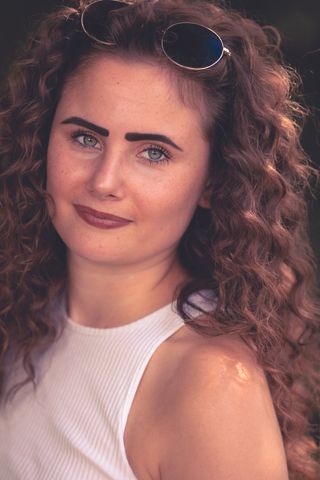Which AF points and areas should you use on your Canon camera?
We examine the best AF points and AF areas to use for the best results on your Canon camera

As cameras have advanced, more autofocus points have been introduced to improve the chance of getting a subject in focus. With 45 points being commonplace, and many more in some of the best Canon cameras, the choice of focus point and area depends on the subject being photographed and the photographer using that specific camera.
If you can keep a single AF point on the desired part of your subject as it moves, then you’re either highly skilled or your subject doesn’t move erratically. Grouping several AF points into a block or zone will increase the area of the frame that is examined to focus on the subject. With more AF points active, the camera may select a close subject in an unexpected part of the frame.
• How does Canon's AI-powered autofocus work?
For portraits, I select a single AF point and position it on the subject’s eye. For action-packed motorsport, butterflies and birds in flight, I’ll use a larger array of points to ensure that at least some part of my intended subject is covered by a focus point.
If your subject is distinct and far from the background, like a bird in the sky, then more AF points may be used if you are not great at initially locating the subject – though this may slow the camera’s response to a new subject.
The AF points with expansion need to initially achieve focus with the selected central point – then they can take advantage of the surrounding points if the subject moves away from the initial point.

AF points for action photography
If you’re just getting started with action then use one of the AF zone areas, as the whole zone is actively seeking the initial focus on your selected subject. It will be up to you to move the zone from one part of the frame to another.
As a general approach, aim for the smallest group of AF points that you can successfully acquire and track the subject with. As your skills improve, you may find that you can successfully use smaller groups of AF points.
An advanced mirrorless camera may have parameters to control how readily a new subject is detected and the camera refocuses on it. Don’t automatically think that you need the fastest setting; a racing car on a track passes by the safety fence posts, and you don’t want the camera to refocus on the post every time. Delaying the speed to focus on the new closer subject will keep the car in focus while the obstacle is quickly and effectively panned past.
PhotoPlus: The Canon Magazine is the world's only monthly newsstand title that's 100% devoted to Canon, so you can be sure the magazine is completely relevant to your system. Every issue comes with downloadable video tutorials too.
Read more:
What is autofocus, and how does it work?
Best Canon lenses
Best Canon RF lenses
Get the Digital Camera World Newsletter
The best camera deals, reviews, product advice, and unmissable photography news, direct to your inbox!
Brian is a freelance photographer and photo tutor, based in Oxfordshire. He has unrivaled EOS DSLR knowledge, after working for Canon for over 15 years, and is on hand to answer all the EOS and photographic queries in Canon-centric magazine PhotoPlus.

